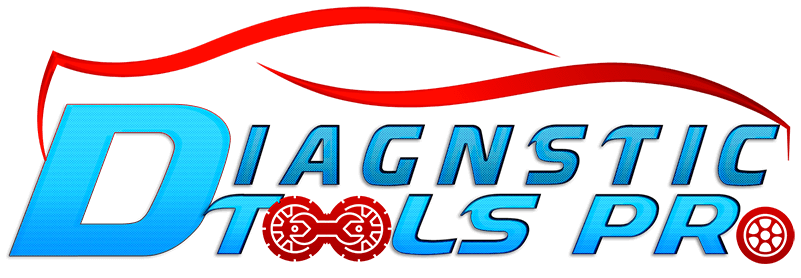No products in the cart.
From Navigation to Entertainment: The Multifaceted World of Car Multimedia Players Leave a comment
Introduction
The world of car multimedia players has evolved significantly over the years, transforming from simple navigation systems to multifaceted entertainment hubs. Today, these systems are an integral part of the driving experience, offering a wide range of features that enhance safety, convenience, and enjoyment on the road. According to a recent study, the global car multimedia market is projected to reach $13.5 billion by 2025, with the average consumer spending over $1,000 on in-car entertainment systems. This article will delve into the core concept of car multimedia players, their benefits and importance, practical applications, common challenges, and potential solutions, providing a comprehensive overview of this rapidly evolving industry.
Core Concept Explanation
Car multimedia players are sophisticated systems that integrate various functions, including navigation, entertainment, and communication. These systems typically consist of a high-resolution display, user-friendly interface, and advanced software that supports multiple features such as GPS navigation, Bluetooth connectivity, Wi-Fi, and smartphone integration. The core concept of car multimedia players revolves around providing a seamless and enjoyable driving experience, while also ensuring safety and convenience. For instance, many modern car multimedia players come equipped with voice command features, allowing drivers to control the system without taking their hands off the wheel. Additionally, these systems often support multiple file formats, enabling users to play their favorite music, videos, and podcasts on the go. According to the National Highway Traffic Safety Administration (NHTSA), www.nhtsa.gov, distracted driving is a major concern on the roads, and car multimedia players can help mitigate this issue by providing a safe and convenient way to access entertainment and information while driving.
Benefits/Importance
The benefits of car multimedia players are numerous and significant. Firstly, they provide a safe and convenient way to access entertainment and information while driving, reducing the risk of distracted driving. Secondly, these systems offer advanced navigation features, including real-time traffic updates, turn-by-turn directions, and points of interest, making it easier for drivers to reach their destinations. Thirdly, car multimedia players enable seamless connectivity with smartphones and other devices, allowing users to make hands-free calls, send messages, and access their favorite apps. Some of the key benefits of car multimedia players include:
- Enhanced safety and convenience
- Advanced navigation features
- Seamless connectivity with smartphones and other devices
- Access to a wide range of entertainment options
- Personalization and customization options
As noted by the Federal Communications Commission (FCC), car multimedia players can also play a crucial role in emergency situations, providing drivers with critical information and assistance when needed.
Practical Applications/Examples
Car multimedia players have a wide range of practical applications and examples. For instance, many modern cars come equipped with advanced infotainment systems that integrate navigation, entertainment, and communication features. These systems often support multiple input methods, including touch screens, voice commands, and gesture controls, making it easy for drivers to access and control various functions. Some examples of car multimedia players in action include:
- Using a car multimedia player to navigate through unfamiliar territory
- Streaming music or podcasts from a smartphone to the car’s audio system
- Making hands-free calls or sending messages using voice commands
- Accessing real-time traffic updates and adjusting the route accordingly
- Using the car’s multimedia system to control the climate, seats, and other vehicle functions
As highlighted by IEEE, the increasing demand for connected and autonomous vehicles is driving innovation in the car multimedia player market, with many manufacturers investing heavily in research and development.
Common Challenges & Solutions
Despite the many benefits and advantages of car multimedia players, there are also some common challenges and limitations. One of the main challenges is the complexity of these systems, which can be overwhelming for some users. Additionally, the integration of multiple features and functions can sometimes lead to glitches and compatibility issues. Some common challenges and potential solutions include:
- Complexity and user experience: Simplifying the user interface and providing clear instructions and tutorials can help alleviate this issue.
- Compatibility and integration: Ensuring seamless integration with various devices and platforms can help minimize compatibility issues.
- Cybersecurity: Implementing robust security measures, such as encryption and firewalls, can help protect against cyber threats and data breaches.
- Cost and affordability: Offering a range of pricing options and packages can help make car multimedia players more accessible to a wider range of consumers.
As noted by SAE International, the development of industry standards and best practices can help address some of the common challenges and limitations associated with car multimedia players.
Conclusion
In conclusion, car multimedia players have revolutionized the driving experience, providing a wide range of features and functions that enhance safety, convenience, and enjoyment on the road. From navigation and entertainment to communication and connectivity, these systems have become an integral part of modern vehicles. As the industry continues to evolve and innovate, it will be interesting to see how car multimedia players adapt to emerging trends and technologies, such as artificial intelligence and autonomous vehicles. What role do you think car multimedia players will play in the future of transportation, and how will they continue to shape the driving experience? Visit www.diagtpro.com to learn more about the latest developments and innovations in the car multimedia player market.
